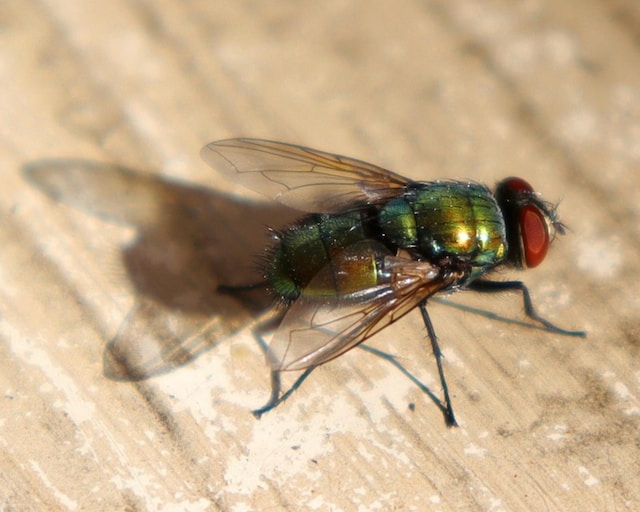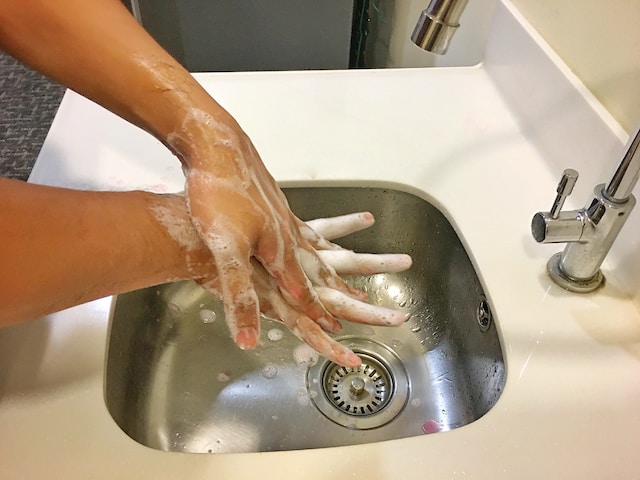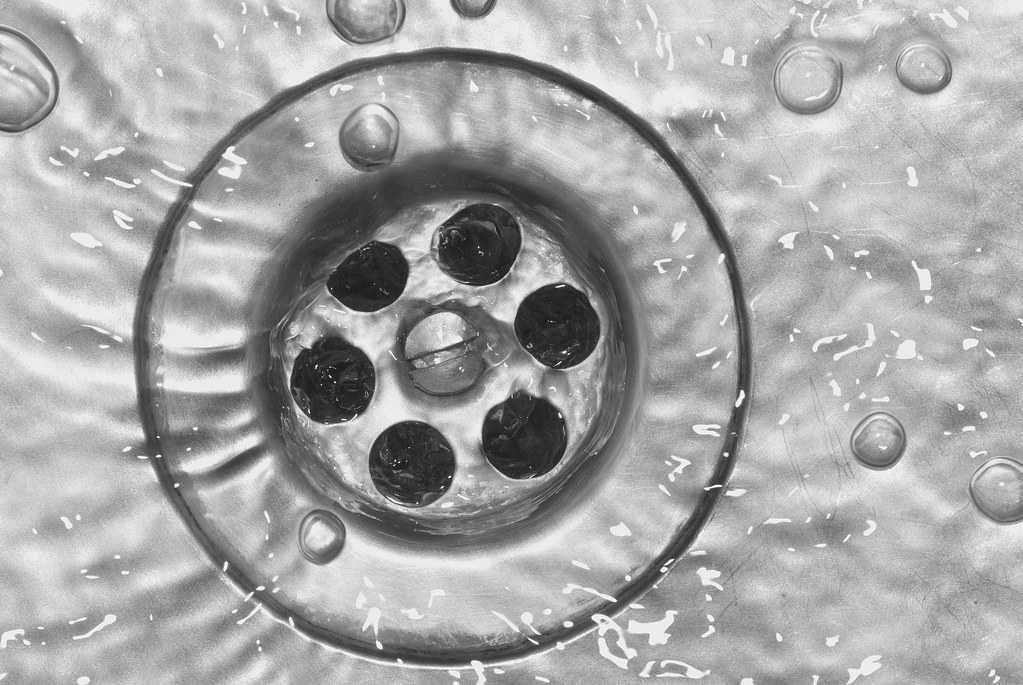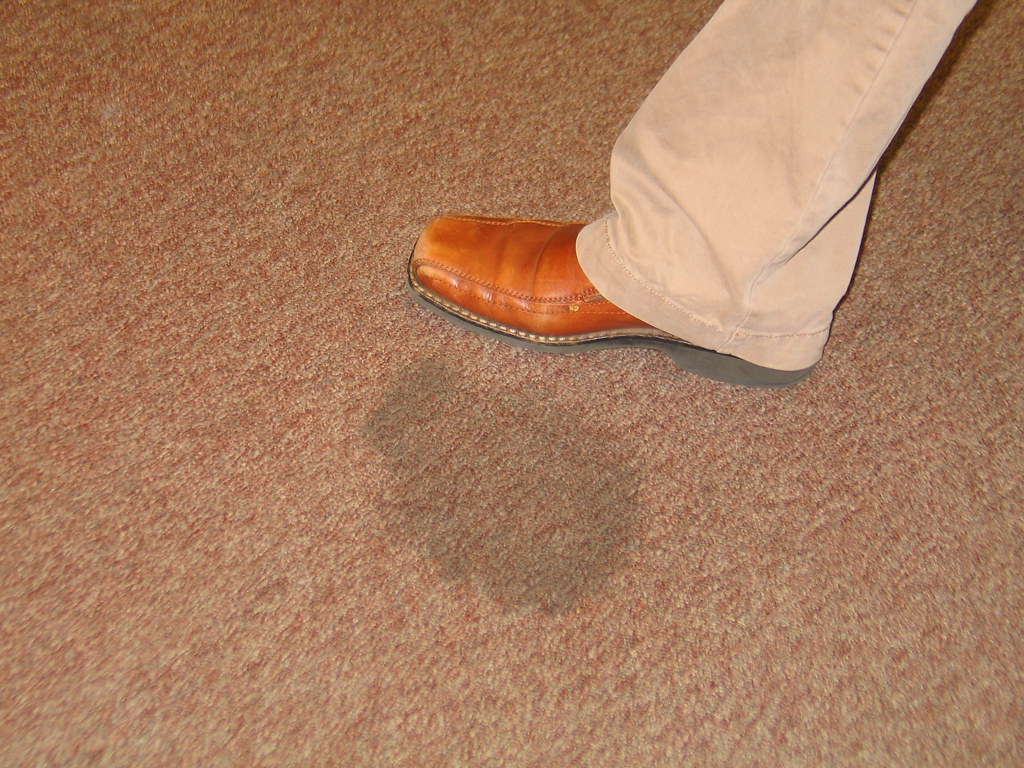Noroviruses are a family of viruses that cause acute gastroenteritis. They are the most common cause of non-bacterial diarrhea outbreaks worldwide and are transmitted person to person through direct contact with the bodily fluids – usually traces of vomit – of an infected individual.
The virus is associated with outbreaks on cruise ships and in nursing homes, where it is very common, as well as schools, summer camps, and other institutions where people congregate closely together. In general, it takes about 24 hours for symptoms of norovirus to appear after exposure and two to five days for the virus to pass.
Because long-term care facilities (LTCFs) are one of the most common settings for norovirus, a study published a few years back in the American Journal of Infection Control wanted to understand why this was happening and what steps could be taken to stop, or at least slow, the spread of the disease among LTCF residents, staff, and visitors.
To conduct the study, investigators visited 26 different LTCF locations in South Carolina. Several of their findings pertain specifically to cleaning and maintenance:
- Directors of most of these locations needed to gain more knowledge of the cleaning, sanitizing, and disinfecting products necessary to prevent the spread of norovirus.
- There was a lack of written cleaning procedures for cleaning staff.
- Many facilities used the wrong cleaning products for pathogen removal after a vomiting event.
- When a vomiting incident occurred, others in the immediate vicinity were not asked to leave.
- The cleaning staff did not clean a large enough area surrounding the vomiting incident.
Altogether, more than half of the LTCFs investigated failed in one or more of these areas. Because the virus is seasonal – most common right now in winter – and because it so seriously impacts LTCFs, let’s go through each one of these items so we can keep more people healthy and improve the cleaning and maintenance of LTCFs overall.
Product Knowledge
Many LTCFs and their cleaning staff need to learn the difference between cleaning, sanitizing, and disinfecting. The critical difference is that cleaning loosens and removes soil found on surfaces. Sanitizing takes the next step and kills or eliminates most but not all pathogens that can cause disease. And a disinfectant can kill all pathogens, including viruses, bacteria, and infectious organisms, on a surface. Product labels will list those pathogens the disinfectant is formulated to eliminate.
Written Procedures
The value of having all cleaning procedures in writing, including those addressing norovirus, is that it standardizes the cleaning process and reinforces training. This is especially true when hiring and training new cleaning workers. They know what to do, which products to select, and how they are to be used for each cleaning task. More specifically, when cleaning up after a vomiting incident, it is imperative that cleaning workers know what steps to take to prevent the spread of illness and let’s not forget, protect their own health.
Wrong Cleaning Products
We’ve already discussed the importance of product knowledge. In a norovirus situation, all surfaces should be cleaned first, and then an EPA-registered disinfectant should be used to disinfect the surfaces. However, with at least one product, LEXX® Liquid Disinfectant & Cleaner Concentrate, these two steps are combined. This combination can prove very beneficial because it improves worker productivity, helping staff to disinfect more surfaces faster.
Vacating the Area
Having fewer people in the immediate area of a vomiting incident can reduce the chances that someone will touch a contaminated surface and contract the disease. All residents in an LTCF should be asked to leave the area when such incidents occur and exit away from the incident if possible.
Large enough area
Public health officials often refer to norovirus vomiting incidents as “forceful vomiting.” The greater force causes norovirus pathogens to spread as much as 25 feet from the immediate area. This means all surfaces, high and low, within 25 feet must be cleaned.
Let’s make this a healthy 2023 starting with stopping the spread of norovirus. It can be done with the right products, used the right way, and with proper cleaning methods in place.






